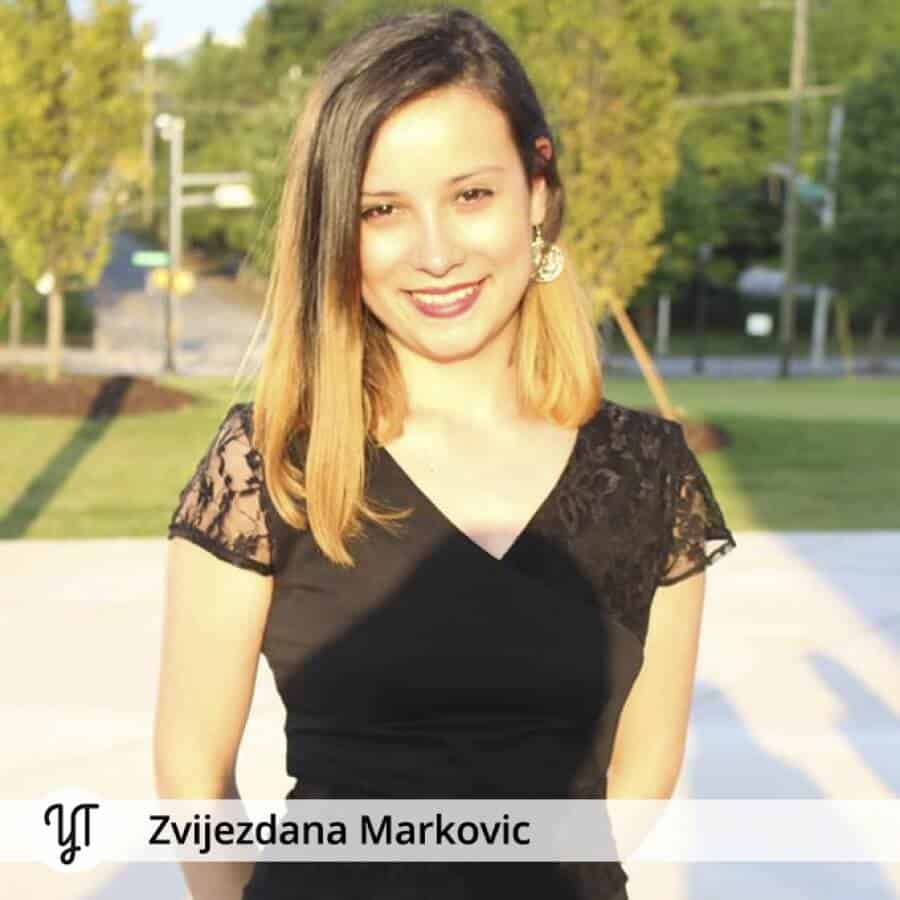One month ago my human rights engagement was spotted as I was privileged to be participant at the John Lewis Fellowship, an intense and intellectually demanding program.
“The idea that some lives matter less is the root of all that is wrong with the world.”
Paul Farmer
The beautiful Southern city Atlanta, which was briefly our home, played host to twenty participants from all over the USA and ten from Europe (France, Greece, Poland, Germany, Denmark, the Netherlands, and Bosnia and Herzegovina) for a four week inaugural fellowship, designed to call into question our perspectives on the historical narrative of race and its interconnection with present challenges in American society.
Walking through the streets of the humid and warm heart of Georgia, and revisiting the historic scenes of the Jim Crow era, the stories of our tour guide brought us back to the time when being colored meant submitting to the mandates of a “white supremacy” regime that, in order to preserve the wealth and status of Americans of European heritage, lynched black people and created an agenda where they were seen as a threat to the existence of a racially pure society.
It was quite a disappointment to see how little pride the city had demonstrated in preserving these sites, as they can only be seen properly with a knowledgeable guide who has interviewed historians and the still-living witnesses of this horrible and dark period in U.S. history. During our talks with Dr. Roslyn Pope, one of the heroes of Atlanta’s student-led civil rights movement, I could not help but notice that the struggle for civil rights in the 1950s and 1960s was not simultaneously a battle for all human rights. While still a student, with insufficient resources to master the full range of global issues, she wrote “An Appeal for Human Rights”, a tremendously important document at a time when civil rights and human rights were not perceived as one and the same. She and many other women were key players in organizing the movement. The leadership of women was inherently important in showing how the civil rights movement influenced the other movements of that time: and gender equality was just one of them.
But as human rights activists and scholars, we were not just focused on the theoretical aspects of the Movement. Although we enjoyed our discussions and reflections in the newly built Center for Civil and Human Rights and expanded our knowledge in the fascinating exhibitions on the Center’s three flours, we also immersed ourselves in the stories of slaves and former slave owners who built whole communities in Atlanta, some still preserved, and some sadly replaced by highways as the city’s industrial areas are expanding and capitalism is Atlanta’s driving force. Yet, the Martin Luther King Historical site, with one Museum, a Visitor Center, and his personal home, was a once-in-a-lifetime chance to visit the places where Dr. King was born, raised, and preached. These sites, all in walking distance of one another, lifted our spirits as they provided us, as activists, with an open, warm, and welcoming look at the more personal and intimate side of the leader of civil disobedience policy, ultimately the “drum-major” as he wished to be remembered.
And then, as we toured the post-modern skyscrapers in the “business attire” part of the downtown and connected them to our previous knowledge, we came to understand that Atlanta was after all not a city too busy to hate, but rather a city too busy to preserve. African-American history was not the only one dismantled by classism. Other national minorities in the US, such as the Latino and the Asian-American, are struggling to make their way in the face of daily discriminatory politics in the socio-economic arena, where long established white power dictates which positions are acceptable and preserves discrimination as a powerful tool for domination.
The second part of our fellowship shifted us to the more European present-day conflict over migration, where participants presented interesting policies from their home countries. These moments were powerful for all, as we managed to connect the dots between civil and human rights, in ways that had not been seen or understood before. As I contextualized the civil rights movement in a global setting, and took in the discussions about the pressing racial atmosphere in the US, as an activist I came to understand that the struggle for civil rights is ultimately also the struggle for human rights.
The current political campaigns in US attracted our attention during the program as it was interesting to see how the policies that are laid on the table by the candidates tackle what we had discussed. In particular the influence of Black Lives Matter, as a butterfly to the Civil Rights Movement’s caterpillar, and their disruption of the political candidates’ rallies in order to emphasize the ongoing police brutality in the country, caused me to question the rooted and politically coded racism still very present in US society.
It made me think about how important our presence in the South was, and even while carrying on our scholarly work we were also able to observe protests, walk in homeless neighborhoods, and expose ourselves to the realities of everyday Atlanta. In our efforts to understand, in the cradle of the Civil Rights Movement, where everything came from, we came to the conclusion that in order to learn more and strive to go beyond the limits, you have to dig deep under the surface, and not hold back in your activism no matter where you find yourself.


Support us!
All your donations will be used to pay the magazine’s journalists and to support the ongoing costs of maintaining the site.
Share this post
Interested in co-operating with us?
We are open to co-operation from writers and businesses alike. You can reach us on our email at [email protected]/[email protected] and we will get back to you as quick as we can.









